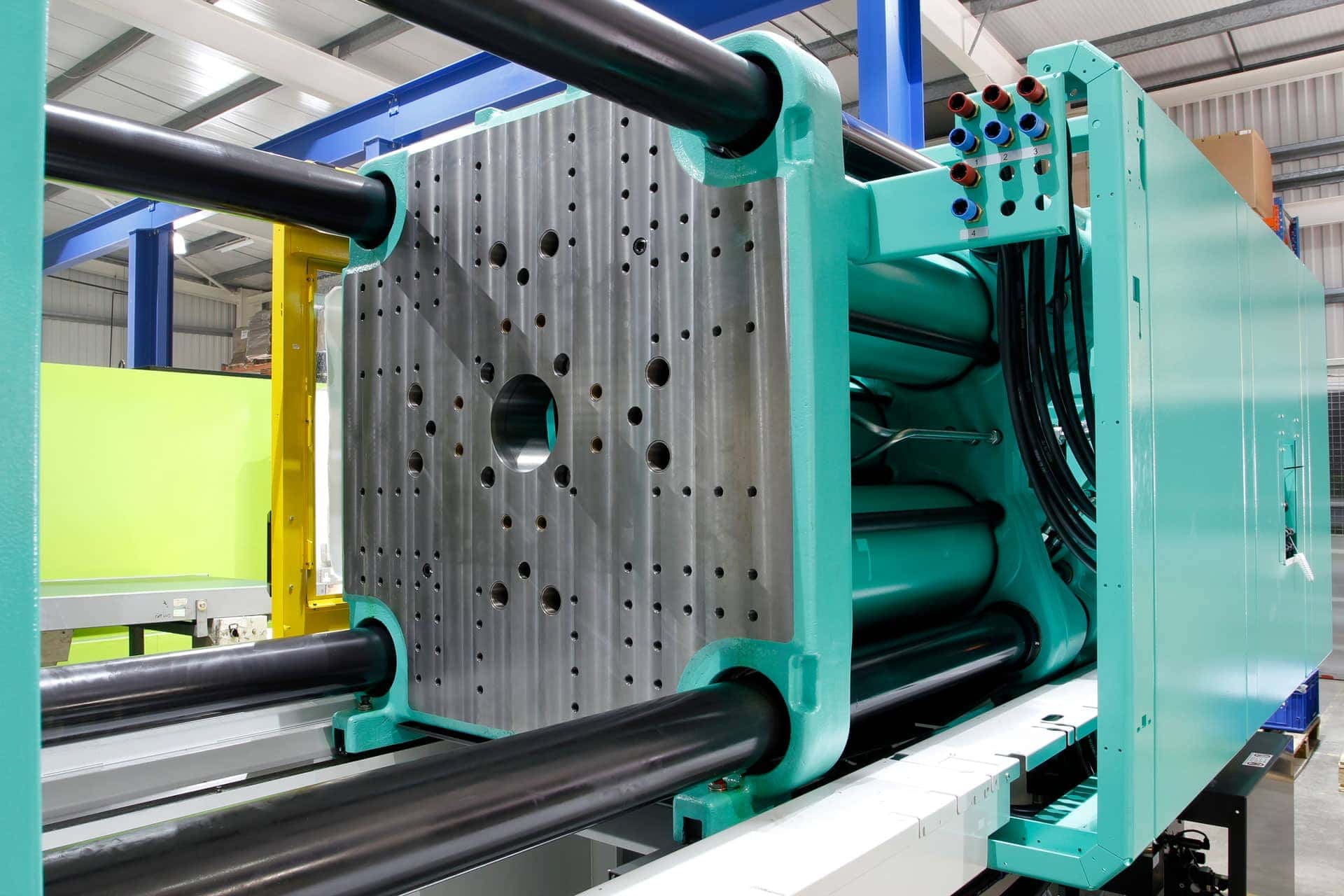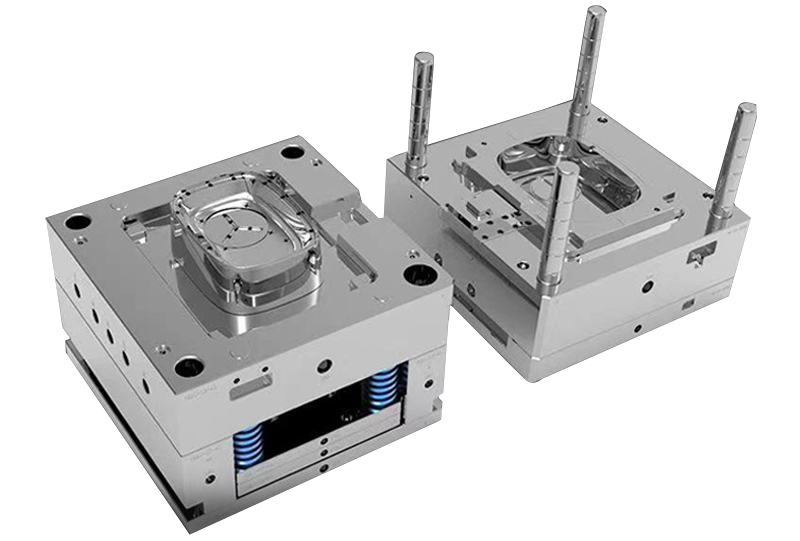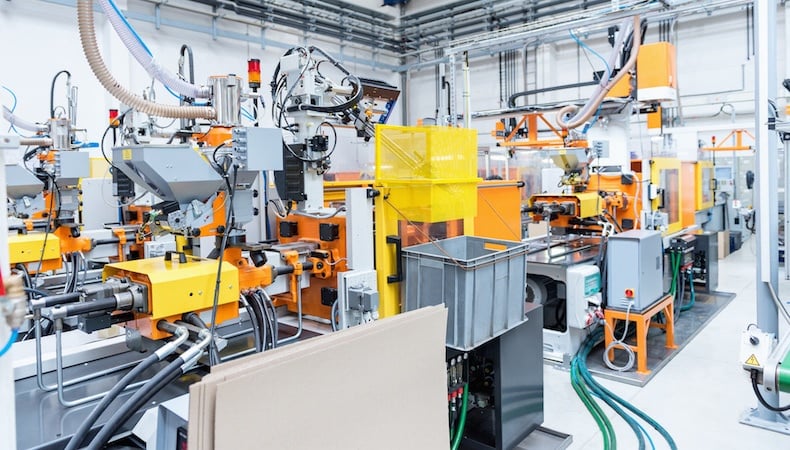Understanding the Basics of Plastic Injection Molding Processes
Plastic shot molding offers as a foundation of modern manufacturing, offering a methodical approach to producing intricate elements with precision. Discovering these crucial elements can expose just how even minor changes can lead to substantial renovations in manufacturing results, raising questions about the potential for technology in this well-known process.
What Is Plastic Shot Molding?
Plastic shot molding is an extensively used manufacturing procedure that changes thermoplastic and thermosetting materials right into precise and complex forms. This technique is preferred for its capability to produce high quantities of the same parts with outstanding precision, making it a vital technique in various industries, including auto, durable goods, and medical tools.
The process involves thawing the chosen plastic material and injecting it into a mold and mildew under high stress. The mold, created to the specifications of the preferred component, allows the liquified plastic to take form as it strengthens and cools. When the product has hardened, the mold is opened up, and the completed part is expelled.
Plastic shot molding provides several advantages, consisting of lowered waste, uniformity in manufacturing, and the capability to integrate detailed designs that may be challenging with various other manufacturing methods. Furthermore, it supports a wide variety of materials, each providing distinct buildings that can be tailored for specific applications. As industries continue to innovate, plastic shot molding remains at the center, making it possible for the development of advanced items that fulfill evolving consumer demands.
The Injection Molding Refine
The shot molding process is a sophisticated technique that involves several essential stages to produce top quality plastic elements. At first, plastic pellets are fed into a warmed barrel where they are melted into a viscous fluid. This molten plastic is then injected under high stress right into a precision-engineered mold, which forms the material into the wanted form.
Once the mold and mildew is filled up, the plastic is allowed to cool down and solidify, taking the shape of the mold and mildew tooth cavity. Cooling time is essential, as it affects the cycle time and the last residential properties of the molded component. After adequate air conditioning, the mold and mildew opens, and the ended up element is expelled utilizing ejector pins.

Products Made Use Of in Shot Molding
Various products can be utilized in the shot molding process, each offering distinct buildings that provide to specific applications. The most commonly used products consist of thermoplastics, thermosetting plastics, and elastomers.

Thermosetting plastics, like epoxy and phenolic materials, go through a chemical change during the healing procedure, resulting in a rigid, inflexible framework. These materials are excellent for applications needing high warmth resistance and architectural integrity, usually utilized in vehicle components and electric insulators.
Elastomers, including silicone and rubber-based products, offer adaptability and strength. Their unique residential or commercial properties make them appropriate for applications that require elasticity, such as seals and gaskets.
Additionally, specialty materials like bio-based plastics and composites are acquiring traction for their ecological advantages and boosted efficiency attributes, expanding the extent of shot molding applications in numerous industries. Comprehending the buildings of these products is critical for selecting the suitable type for particular tasks.
Benefits of Injection Molding
Injection molding stands apart as a highly reliable production procedure that uses many benefits for creating complicated parts with precision. One of the most significant benefits is the capacity to develop detailed layouts that would be challenging or impossible to attain with various other approaches (Plastic Injection Molding). The procedure enables in-depth features and limited resistances, making sure high-quality components
In addition, shot molding is understood for its fast production capacities, making it a suitable option for high-volume manufacturing. As soon as the mold and mildew is produced, parts can be generated swiftly, decreasing preparations and raising general productivity. This performance not just decreases production prices however likewise offers an one-upmanship in the marketplace.
The adaptability of products used in shot molding further improves its appeal. A wide variety of thermoplastics and thermosetting polymers can be employed, enabling manufacturers to pick materials that ideal meet their details requirements, consisting of strength, versatility, and heat resistance.
Furthermore, the procedure minimizes waste, as excess material can commonly be reused and reused. This sustainability facet contributes to a reduced ecological influence, making injection molding an accountable production choice. On the whole, the benefits of injection molding make it a recommended approach for numerous markets.
Aspects Influencing Item Top Quality
While numerous factors can influence item quality in injection molding, comprehending these components is important for attaining optimum outcomes. Trick elements consist of product option, refining criteria, and mold design.
Material selection plays an important role, as different polymers exhibit distinct residential properties that affect flowability, strength, and thermal stability. Insufficient material choice can result in problems such as warping or insufficient filling.
Processing parameters, including cycle, temperature, and stress time, have to be diligently managed. Variations in these setups can cause variances partially dimensions and surface coating. For example, excessively heats may cause destruction of the polymer, while poor pressure can result in brief shots.
Mold and mildew design is equally vital, as it figures out the circulation of the molten plastic and the cooling procedure. Badly designed mold and mildews may result in uneven air conditioning rates, resulting in dimensional errors and residual tensions.

Conclusion
To conclude, plastic shot molding works as a crucial manufacturing process that makes it possible for the effective manufacturing of high-quality hop over to here elements. Proficiency of the shot molding process, consisting of the understanding of materials and the impact of numerous aspects on item high quality, is vital for accomplishing optimal outcomes. The benefits of this approach, such as cost-effectiveness and design versatility, further visit the website underscore its significance across multiple industries, strengthening its condition as a favored option for high-volume production.
Plastic injection molding offers as a foundation of contemporary manufacturing, offering a systematic technique to producing complex parts with accuracy.Plastic injection molding supplies a number of advantages, including minimized waste, consistency in production, and the ability to incorporate detailed styles that may be testing with other manufacturing approaches (Plastic Injection Molding). As industries proceed to introduce, plastic injection molding continues to be at the forefront, enabling the development of sophisticated products that satisfy evolving consumer needs
The explanation injection molding procedure is a sophisticated strategy that entails several vital stages to create top notch plastic elements.In verdict, plastic shot molding offers as a critical production procedure that allows the reliable production of premium parts.